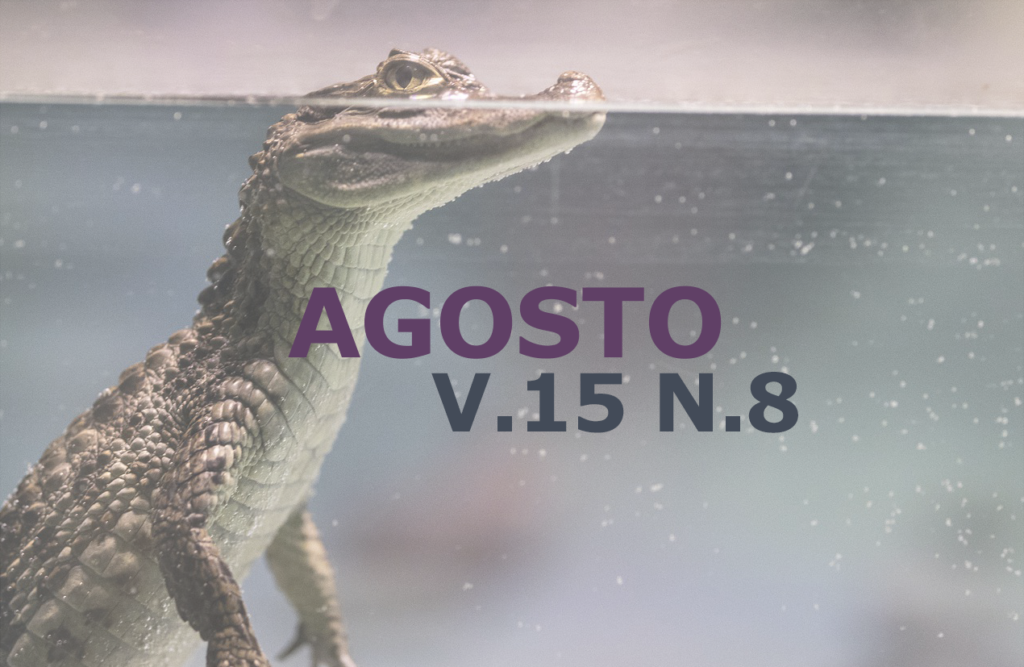Chemical and physical restraint of reptiles: Review
DOI:
https://doi.org/10.31533/pubvet.v15n08a881.1-13Keywords:
Anesthesia, stunning, wildAbstract
The Reptilia class (reptiles) is composed of 8000 species split into four orders: Chelonia (turtles), Crocodilia (crocodilians), Rhynchocephalia (tuatara) and Squamata (lizards and snakes). They are ectothermic animals with sluggish metabolism, lack functional diaphragm, performing the breathing with help of other mechanisms; the response to drugs is differently. There are practically no docile species within this group of animals, requiring physical restraint or chemical restraint. There are different methods to perform the management of physical restraint of each species, each species with a different characteristic to using anesthetics for chemical restraint. In all procedures where the animals are anesthetized have a pre-anesthesia care performed with the use of anesthetic drugs before anesthesia, observation during maintenance of anesthesia, besides monitoring with evaluation of physiological parameters and different reflexes that those animals exhibit during anesthesia.
Downloads
Published
Issue
Section
License
Copyright (c) 2021 Rochelle Gorczak, Maria Eduarda Tronco, Marilia Avila Valandro, Bruna Zafalon da Silva, Mariangela Allgayer, Viviane Machado Pinto

This work is licensed under a Creative Commons Attribution 4.0 International License.
Você tem o direito de:
Compartilhar — copiar e redistribuir o material em qualquer suporte ou formato
Adaptar — remixar, transformar, e criar a partir do material para qualquer fim, mesmo que comercial.
O licenciante não pode revogar estes direitos desde que você respeite os termos da licença. De acordo com os termos seguintes:
Atribuição
— Você deve dar o crédito apropriado, prover um link para a licença e indicar se mudanças foram feitas. Você deve fazê-lo em qualquer circunstância razoável, mas de nenhuma maneira que sugira que o licenciante apoia você ou o seu uso. Sem restrições adicionais
— Você não pode aplicar termos jurídicos ou medidas de caráter tecnológico que restrinjam legalmente outros de fazerem algo que a licença permita.





